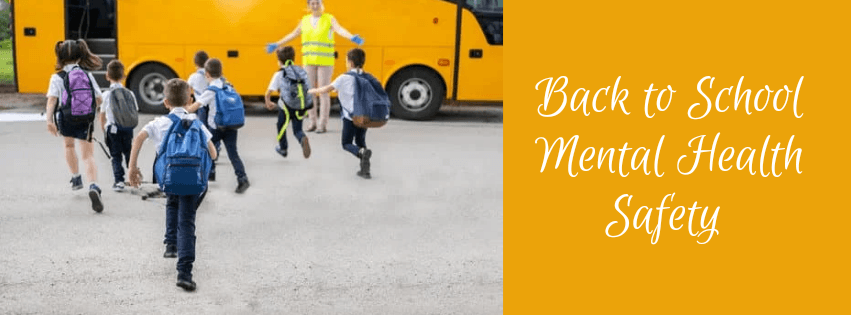It’s that time of year again. Children and teens are heading back to school. By now, most of us have read or seen stories on the youth mental health crisis plaguing our country. From an ongoing pandemic, lack of in-person social interactions, social upheaval, and more, kids and teens are facing once-in-a-lifetime events that even adults aren’t sure how to handle.
Adolescence is already a confusing time without the added fears concerning safety in schools, staying healthy, family financial security, and loss of loved ones – so we shouldn’t be surprised that the rates of anxiety, depression, suicide, and other mental health conditions are on the rise.
Mental Health America recognizes with their new Back-to-School Toolkit that our youth are having “All the Feels” as they enter the new school year. These resources look at the issues young people face that are having an impact on their mental health and offer tips on how to deal with them and the resulting emotions. The MHA toolkit can also help parents and school personnel better understand the issues, such as the effects of social media on youth mental health and how to be supportive.
Many students will exhibit symptoms of depression and anxiety as they return to the classroom, and it is important to let kids and teens know that support is available. Familiarize yourself with the school’s education and counseling services, local mental health organizations, and community resources that can make a child feel more secure –like food, clothing, and school supply assistance.
Free, confidential, anonymous screening tools are available at MHAScreening.org for youth and parents who are concerned about mental health. After taking the screen, results are provided, tips for the next steps, and additional information. Talking to a medical professional for proper diagnosis and treatment is always best.
Serious signs that someone is in crisis and needs help, such as thoughts or plans of hurting oneself or another person should be addressed promptly. If you think a child or teen is in immediate danger of taking suicidal action, call 911 or the National Suicide Prevention Lifeline at 988. Its trained crisis counselors can help you find local resources or suggest the next steps.
Let’s make mental health a priority and break the barriers. We need to keep our children safe and healthy. Make it the “norm” to talk to our children and ask for help when needed. It’s our duty and responsibility to keep our children safe.
This blog is written in partnership with Mental Health America.


